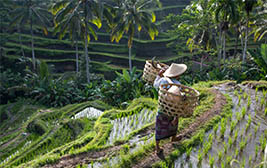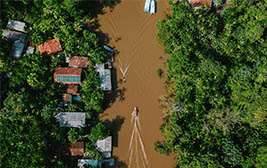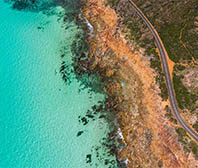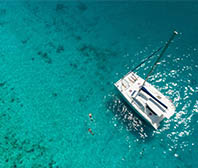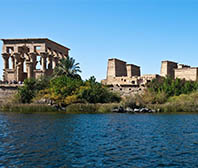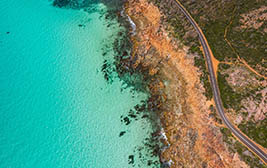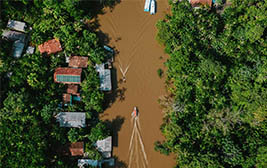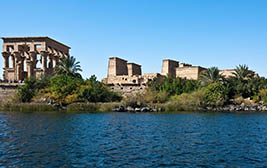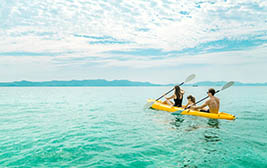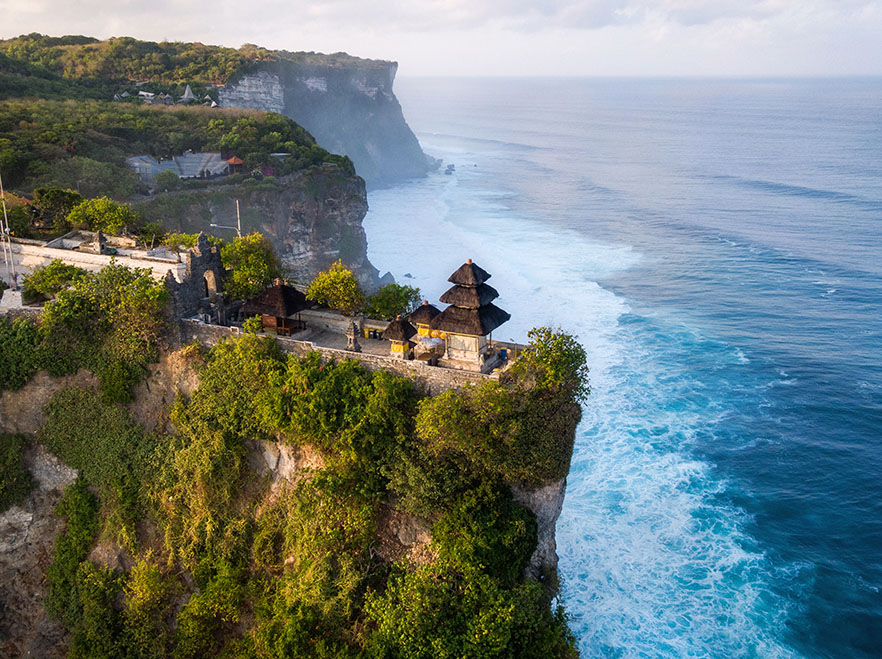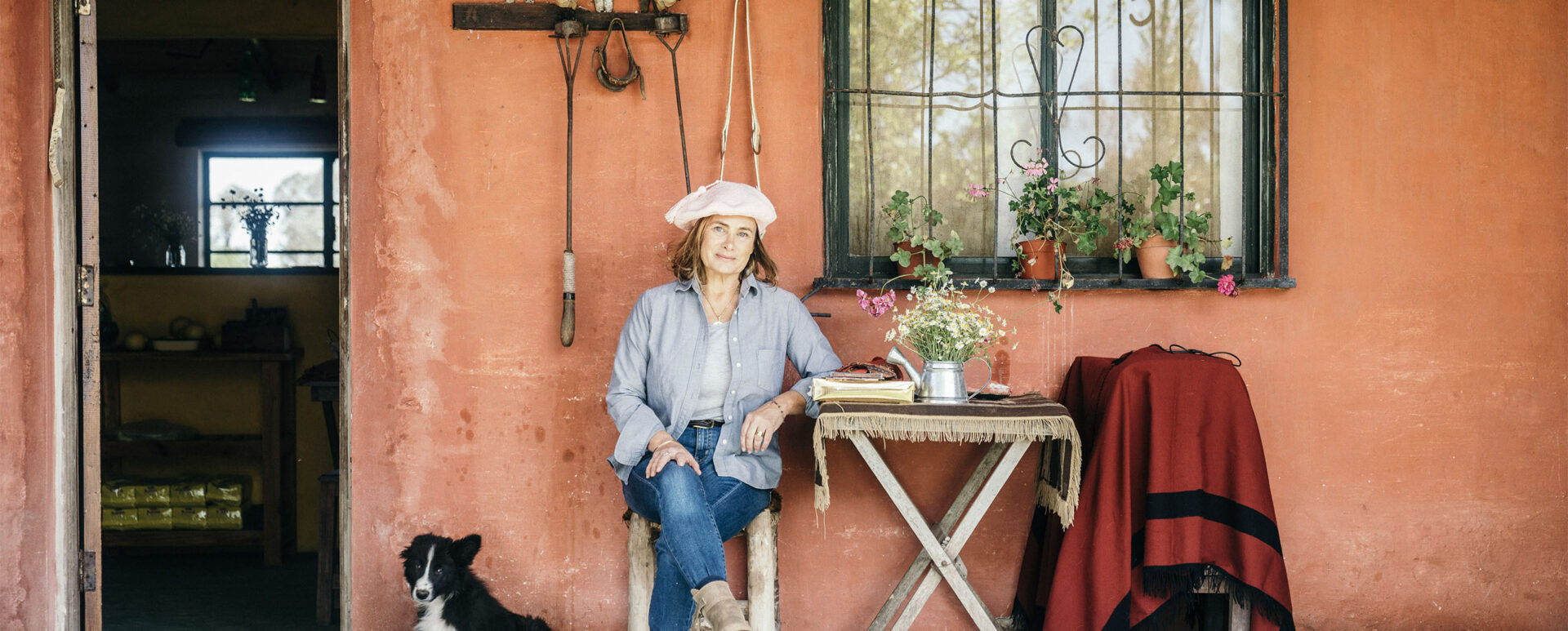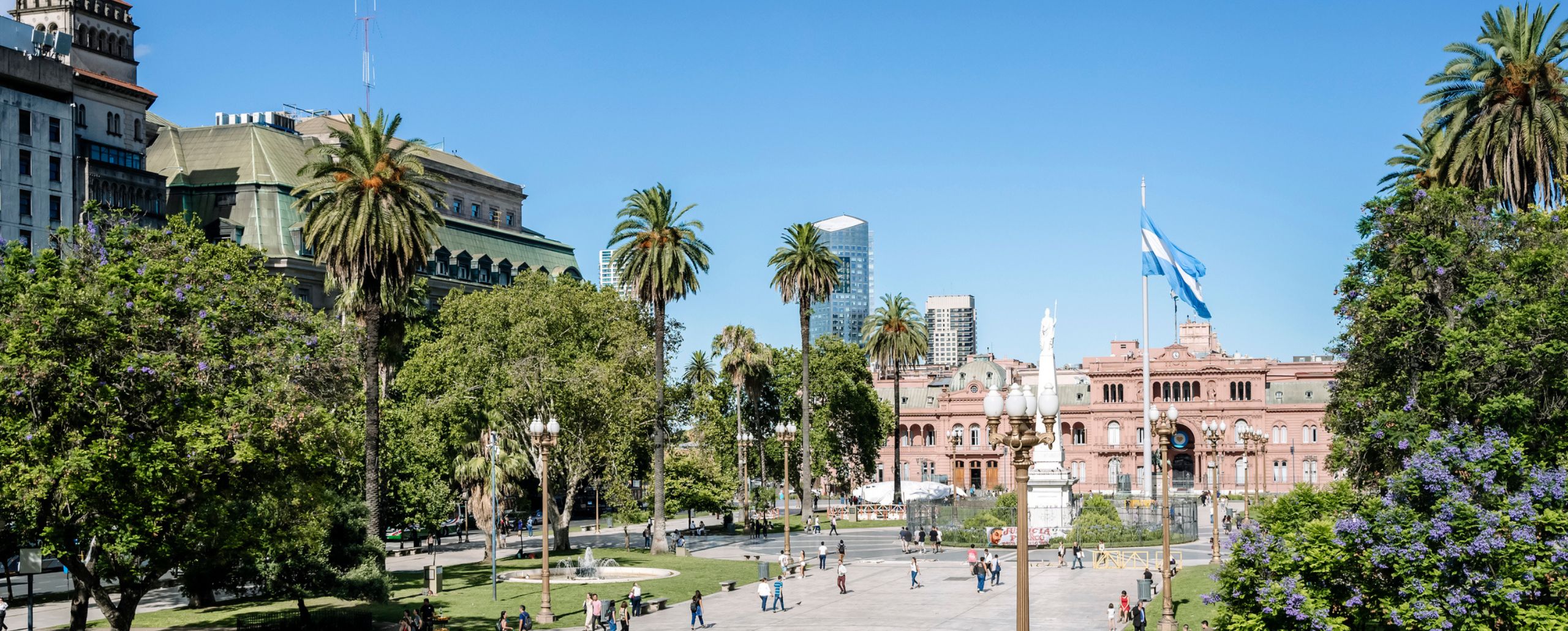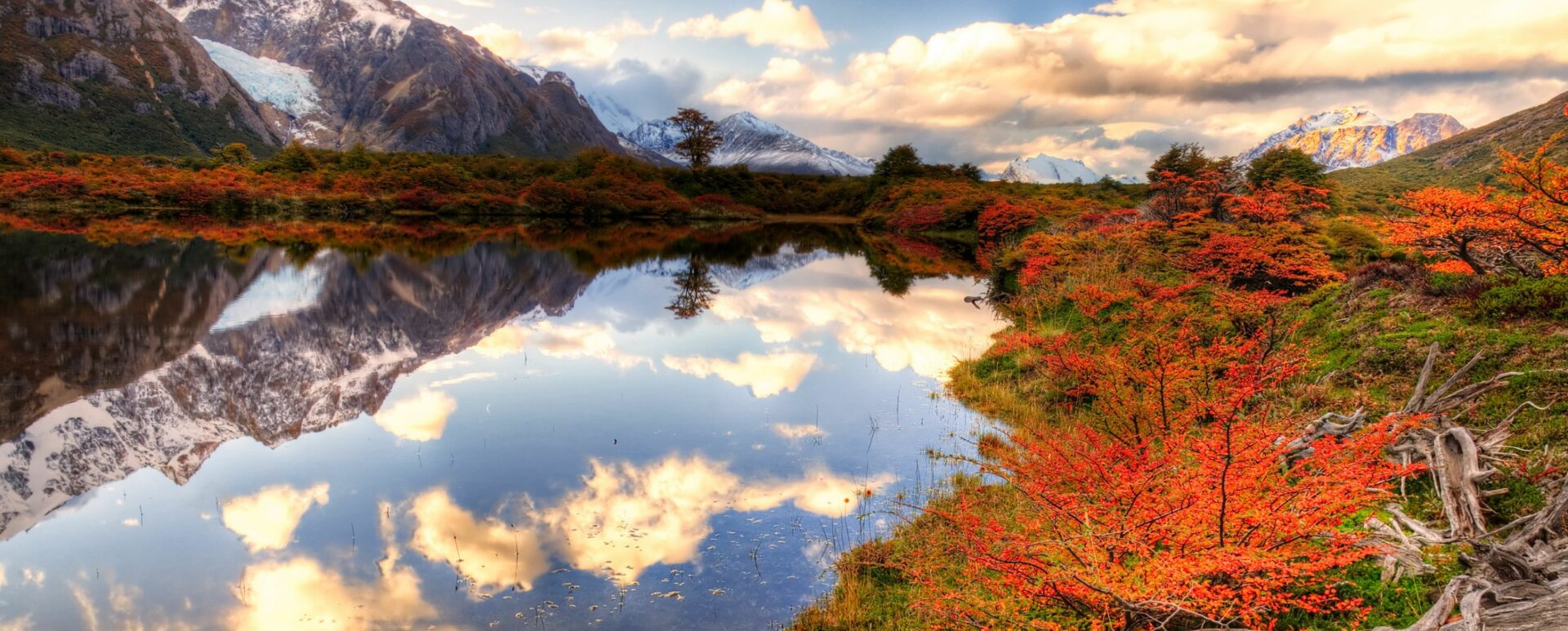<?xml encoding=”UTF-8″>
Designer Penelope Chilvers travelled to Argentina with cazenove+loyd. Following her trip, we caught up with her to learn about her enlightening experience in the real world of the gauchos and discover the inspiration behind her footwear and accessories.
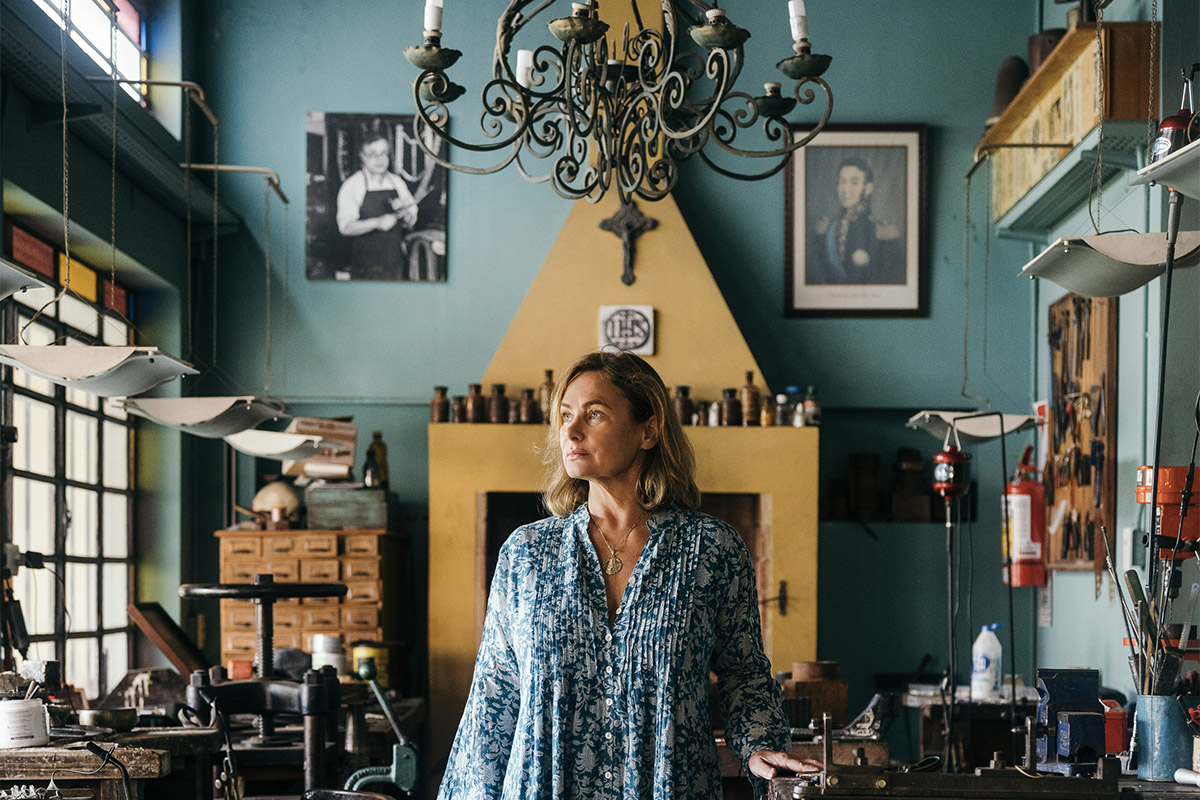
How did your love of fashion begin?
While living in Barcelona, I used to enjoy riding on my lunch break in the Serra de Collserola Natural Park in the hills above the city. I was on the lookout for the perfect riding boots and tracked down a bootmaker to make me a pair to my own measurements and design.
When I came back to London, all my friends wanted some too, so Manuel, the bootmaker, became very busy! He would often return to his workshop to find an order for 10, 20 or even 100 boots from me. Over the first few years, we would chat over long lunches and I listened hard as he explained the arts of bootmaking.
How did your career evolve?
I began to work on a collection of six new equestrian-inspired boots, designed with my London customers’ lifestyles in mind, which I put to the test at Paris Fashion Week in 2004. Within the first year of trading, I was taking orders from fashion boutiques all over the world.
Your creations were originally inspired by Spanish saddlers. Why?
I continually refer back to traditional techniques of leatherwork for inspiration, researching the rich archives belonging to the families I work with. The design references from the equestrian world in southern Spain reflect the 500 years of Arab rule. The Moorish arabesques in the decorative stitching and transparent layering of leathers are not dissimilar to Moorish plasterwork. These have become our trademarks.

What is the concept behind the brand?
We embrace fashion but don’t conform to the idea of a throwaway wardrobe, designing footwear and accessories to fall in love – and stay in love – with. We create timeless pieces, still using traditional artisanal methods, ensuring the durability of a shoe. We make a conscientious effort to avoid plastic in our packaging and endeavour to source all our components and leathers as locally as possible, keeping to the sustainable roots from where we’d begun.
What is your connection with Africa?
When I was a child, my father opened offices for Coopers & Lybrand in East Africa, meaning long business trips. I loved to listen to his stories when he came home and remember them in detail to this day. We were lucky to join him in Kenya once when I was about 12. This family holiday was my first taste of a certain African way of life that I find so evocative and inspiring for my work. My memories are of being woken at dawn by monkeys playing on the roof and starting the day with a teapot of hot lemon water and rusks. My love of a continent was born…
How has Africa inspired your work?
As our collections expanded gradually towards a selection for all seasons, I came up with the idea of designing a collection of lightweight boots dedicated to the concept and aesthetic of safari. So, in 2013, I decided to call on some friends for help: Caro Hickman and Ralph Bousfield, the first-class guide and owner of Jack’s Camp. If anyone could give me advice, they could.
I spent a magical fortnight with them at their home in Francistown and then at their camps in the Okavango Delta. I noted how the palette is sympathetic to the landscape and I learnt about the practicalities of safari footwear. I listened to their concerns for the future of Africa’s ecological and sociological systems, and left with a tiny understanding and huge respect for their knowledge and expertise, as well as a reawakened love for big star-filled skies and sleeping under canvas.
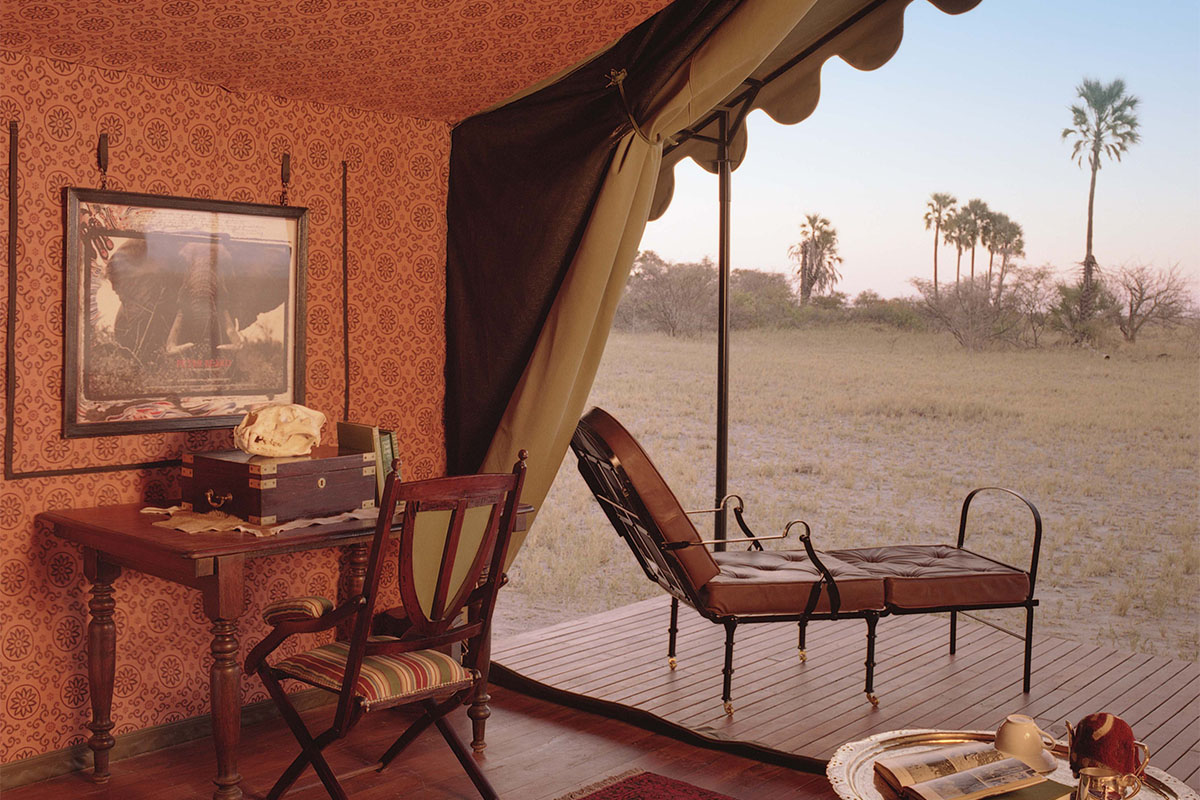
Why do many people fall in love with Africa?
I think that to justify luxury travel these days, it has to be intelligent too. In the pristine wilderness areas that still exist in so much of Africa today, you can learn first-hand about the future of our planet and how we can help to preserve it. The people on the ground in the safari industry are all passionate about conservation and wildlife – and it’s infectious. In my mind, there is no other trip that can have such an effect on you and your children’s lives.
You travelled to Argentina with cazenove+loyd. What were your first impressions?
When Christopher Wilmot-Sitwell invited me to Argentina, I jumped at the chance to join him. Little did I know that I was to travel into an intimate and enormously rich, multi-layered gaucho world that would inspire me for many bootmaking years to come.
What was so special about San Antonio de Areco in Argentina?
In the sleepy, old trading post of San Antonio de Areco, there were wide avenues dividing romantic-style villas and red-brick workshops flanking the corners, where silversmiths and saddlers worked away in studios that would make any designer envious. With a dusty radio in the corner and a woollen poncho on a hook by the door, these workplaces were homes from home for these craftsmen.
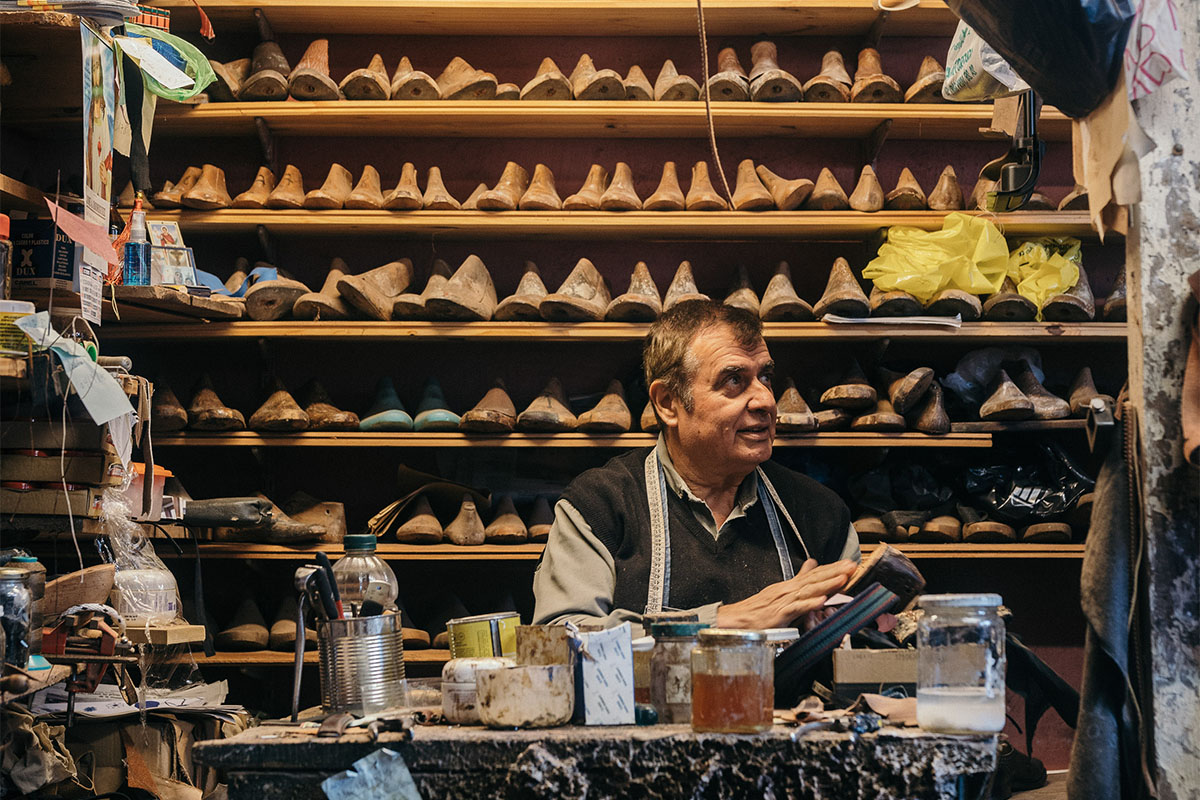
Areco is serene. Its medieval bridge leads you straight out of town into meadows of grazing wild horses, and life is taken slowly and purposefully. It belongs to some of the most distinguished Argentinian characters of varying descents – from indigenous roots or rogue European – all staunchly proud of their history and a shared passion for their equine arts and their success in the silver trade. This tranquil backwater is dedicated to tradition, celebrating once a year the grand Día de la Tradición, when gauchos from all over the country come here to relive the history of their forefathers.

Their trenzados (woven leathers) are finer and stronger than I’d ever seen before, with bound edges and plaited leather intrinsic to their designs. The fine art of cutting a raw edge in one movement gives the most beautiful, sweeping lines, a skill that I’ve admired from our own boot making in Spain, but 100 times finer when it’s cut from these parched, undyed equine hides in true Argentinian tradition. I watched silversmiths carve organic, flowing grooves into solid-silver studs. From curling ostrich feathers and butterfly wings to wild plant formations, these are symbols of their love for the natural world.

What is the essence of the gaucho spirit?
The most memorable day of my trip was attending an asado (an Argentinian barbecue) at the home of a revered horseman named Juan. The traditional gaucho leads a tidy life. Possessions and decorations are kept to a minimum. I admire the beauty in such paired-back simplicity – the pure essence of a homestead, with somewhere to tie up your horse, cook some empanadas and lay your boina (beret); somewhere to return after days or months of roaming with your horse.
A gaucho’s spirit is nomadic and all fellow wanderers are welcome to bunk up in the corrugated tin shed out the back. This is an equestrian world quite different to any other I’d come across. They seemed to be very close to their horses, who stood calmly in the paddock right beside us, sharing the peace of the homestead.
After lunch, the guests took turns to sing their favourite ballads and zambas. A couple of girls danced el gato bobbing and bowing in time to the rhythms of the strummed guitar late into the afternoon. Soon, one of the men swung himself onto his barebacked horse. As he rode away, the contact was soft – the gaucho and his horse became one. It was this moment that I really began to understand the closeness and co-dependence of the horseman and his horse, and the art of living in harmony with animals.
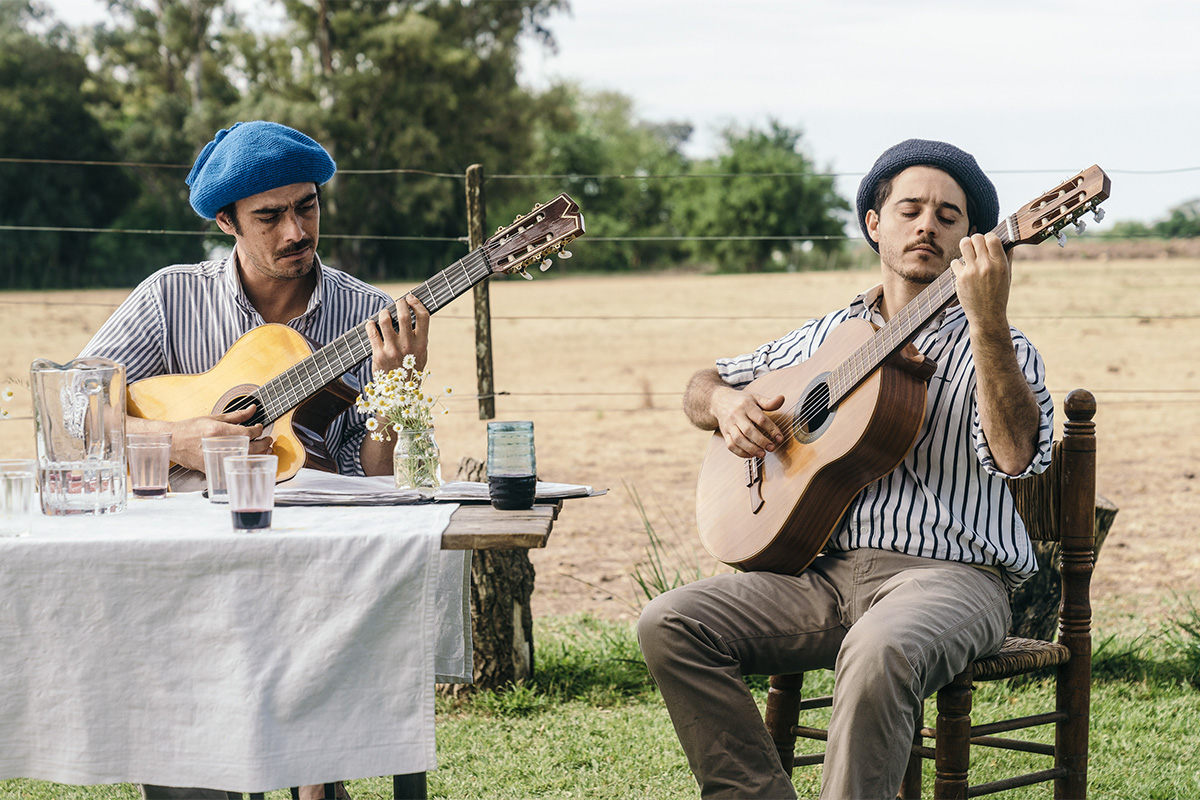
What else did you do on your trip?
We flew over the largest freshwater marshlands in South America, where there are 2.5 million acres of conservation activity, protecting biodiversity for our future. We immersed ourselves in the ambitious rewilding projects run by Tompkins Conservation in the Iberá Wetlands. I loved watching the young jaguar families being reintroduced to their natural habitat.
How did Argentina inspire your designs?
Our spring collection is inspired by the culture of Argentinian horse country. Our leathers have been embellished with techniques reminiscent of my time spent with the artisans of Areco. The colourful pampas weaves have been borrowed from the girth of the gaucho ponies. A new range of artisanal leather sandals have been made especially to display the decorative details of trenzado and silver studwork there.
The palette on my Argentinian moodboard was mixed: the deep vermillion red, with an abundance of graphic black, comes straight off the back of a gaucho, whose poncho is worn with pride. I documented poncho patterns and, on my return, transformed these stripes into uppers for our jute-soled espadrilles range. The brighter colours represent the north of the country, where it rises into the Andes, while the plainer, woven patterns signify the southern pampas regions. Highlights of ‘rice white’ are referenced and the hue of their soap-rubbed equine hides, while a patriotic blue and watery green echo the huge, hazy horizons and their national flag blowing in the warm winds of the immense marshlands of the Iberá Wetlands.
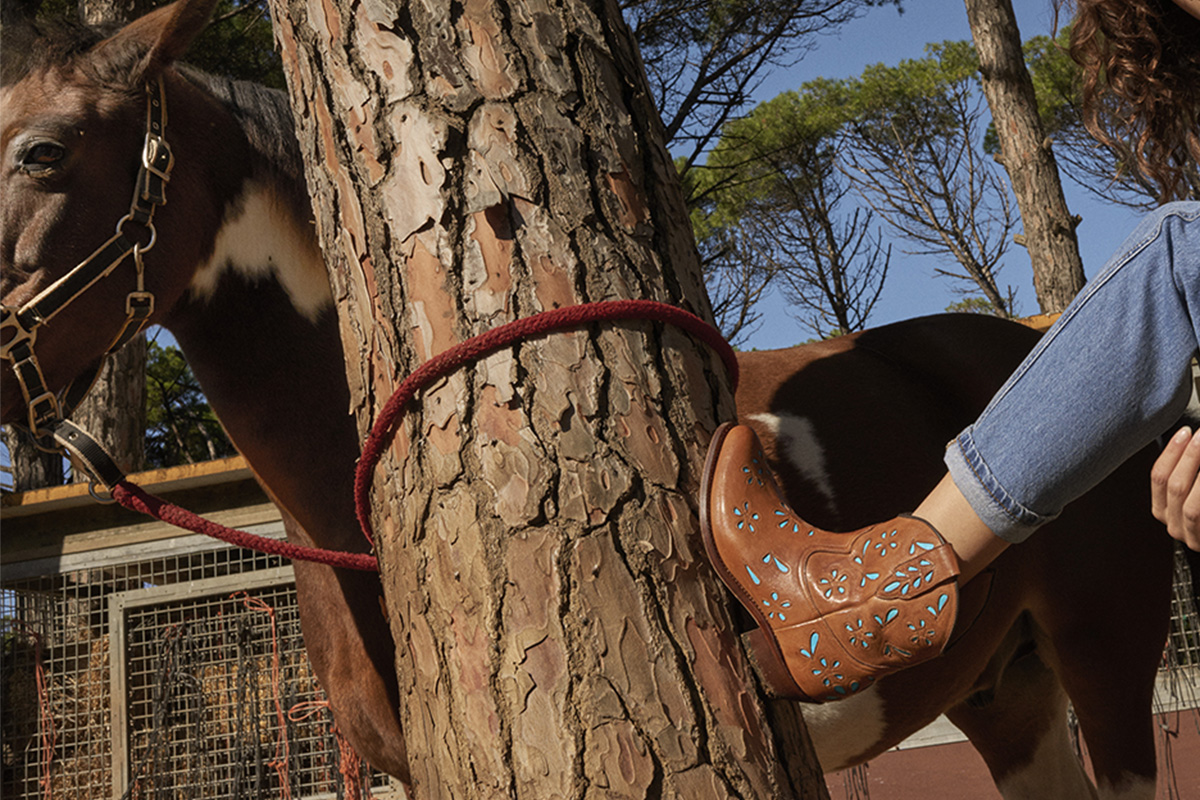
Where would you like to travel next, and why?
I’d adore to explore the US – perhaps a trip to a dude ranch to immerse myself in cowboy culture and to learn about the history and techniques of tooled leather and cowboy boots.
Penelope Chilvers has a reputation for superb quality, comfort and effortless style. Combining contemporary, fashion led design and traditional craftsmanship, Penelope’s inspiration, since the day she started, has always been drawn from the equestrian world. The brand produces timeless pieces made to last. www.penelopechilvers.com
Credit: Nick Horowitz

